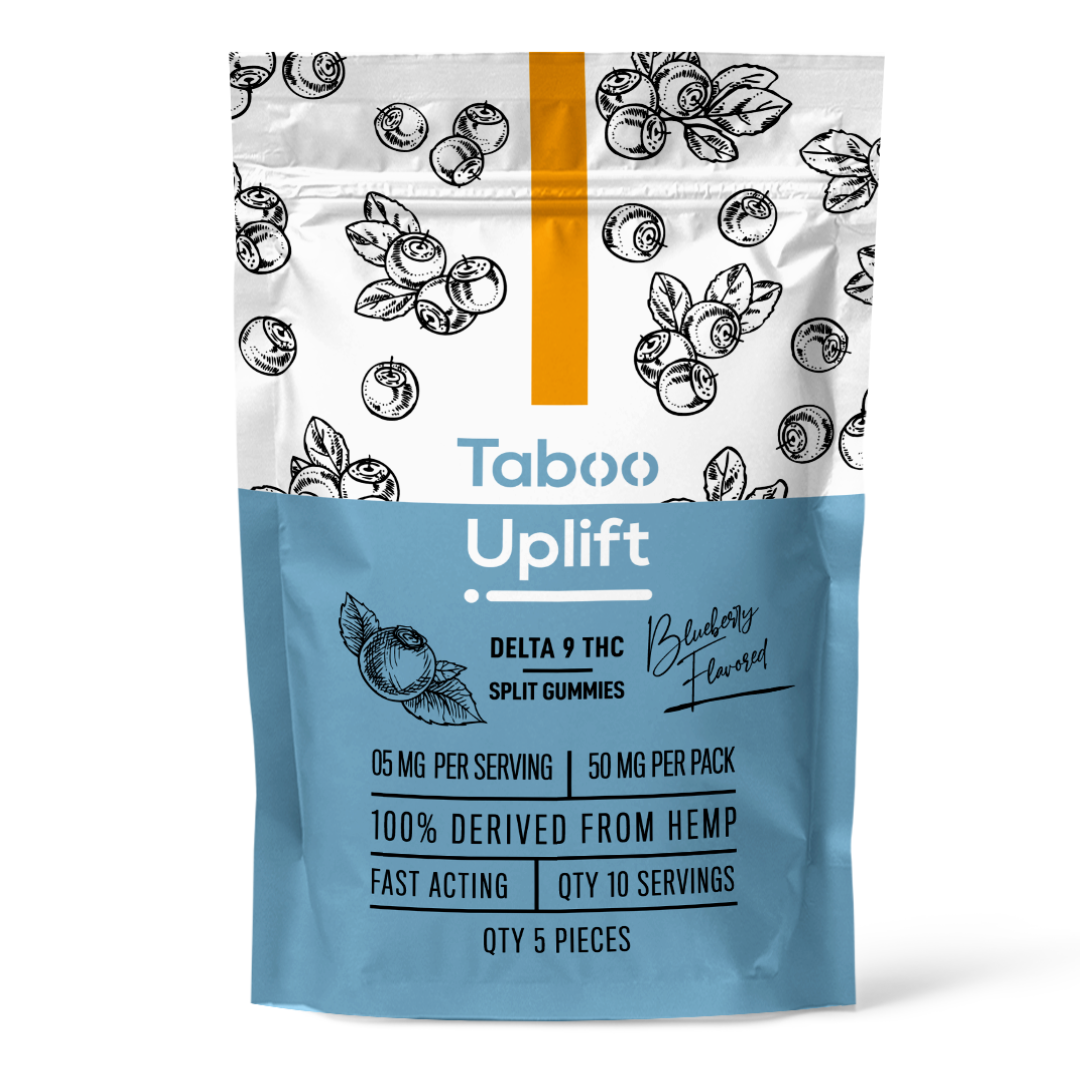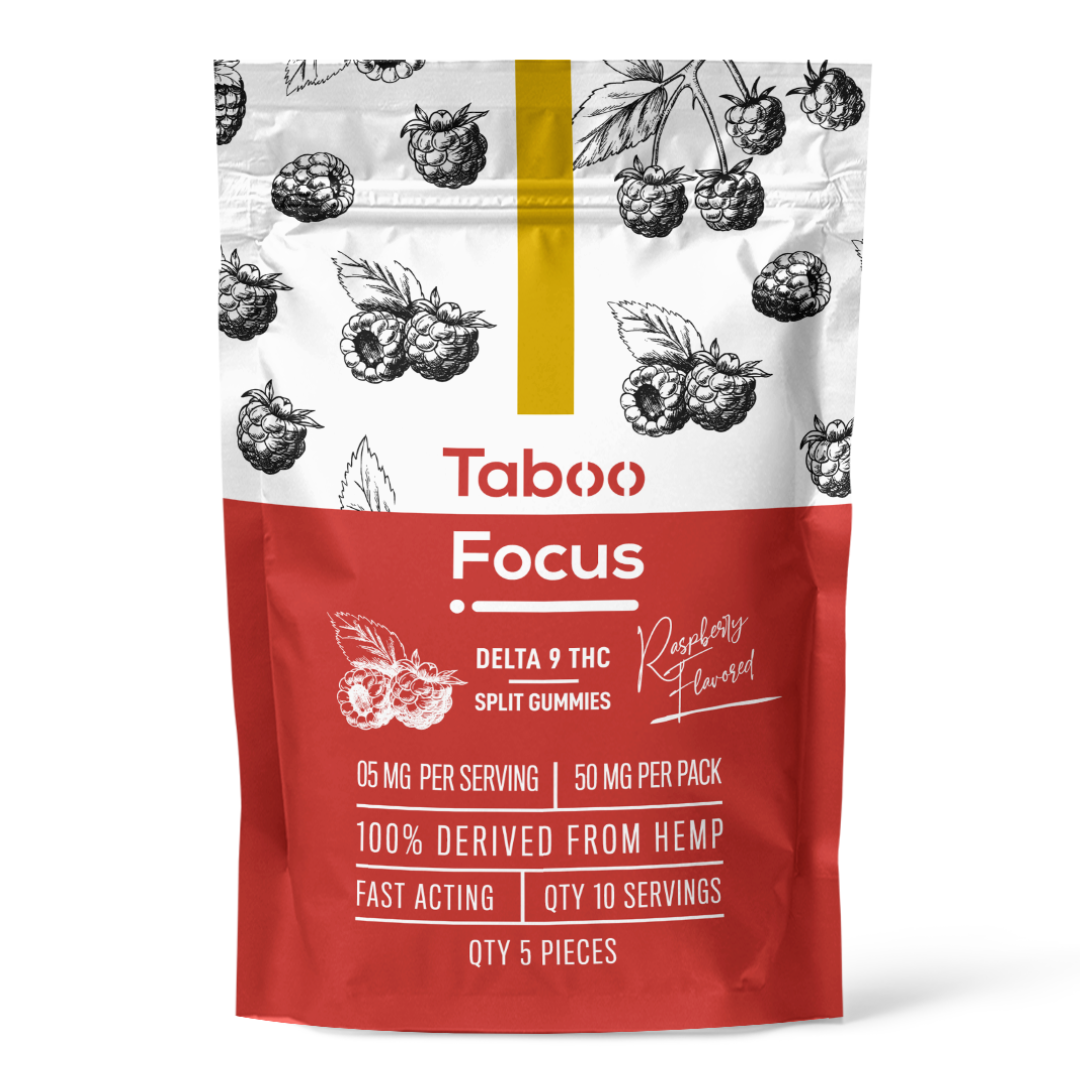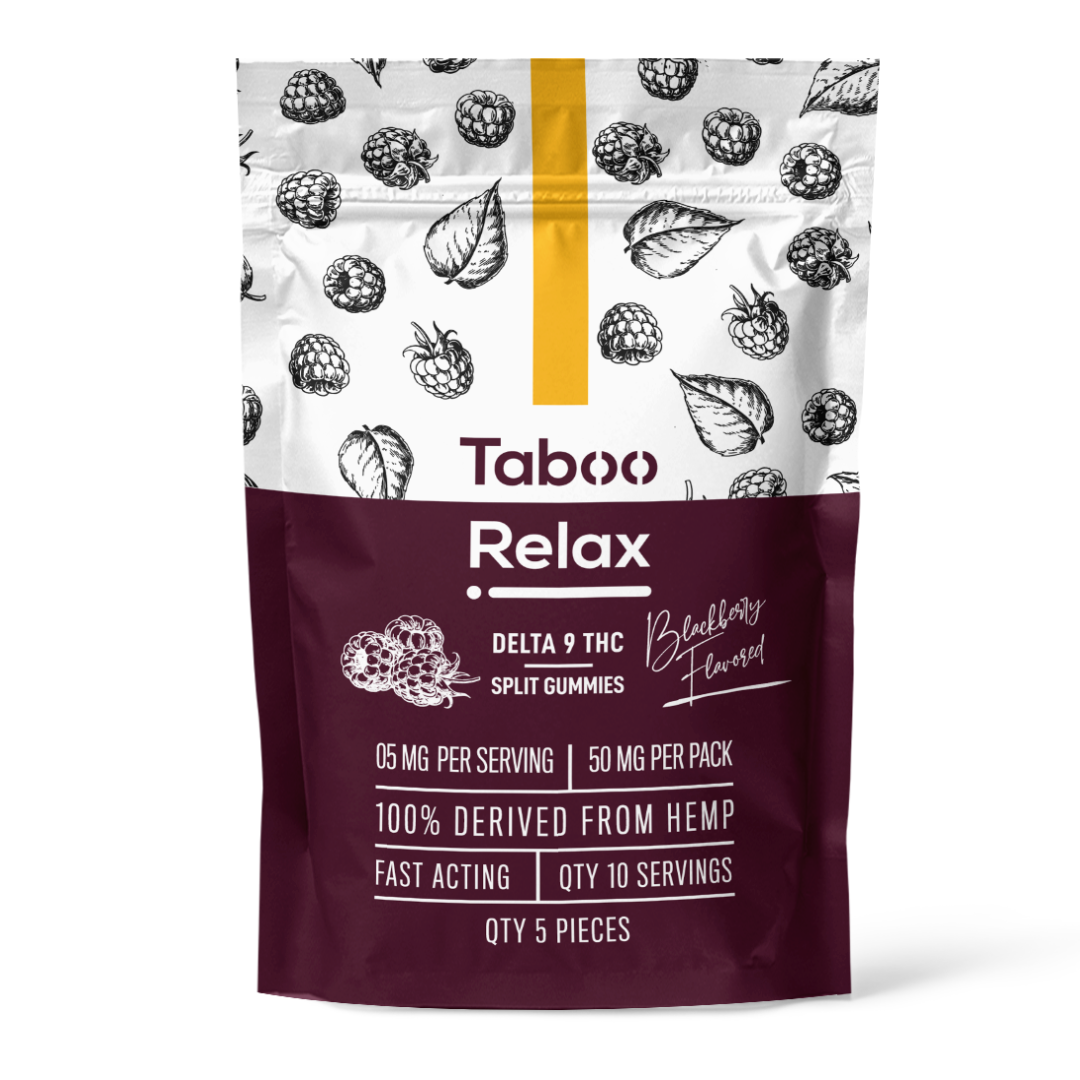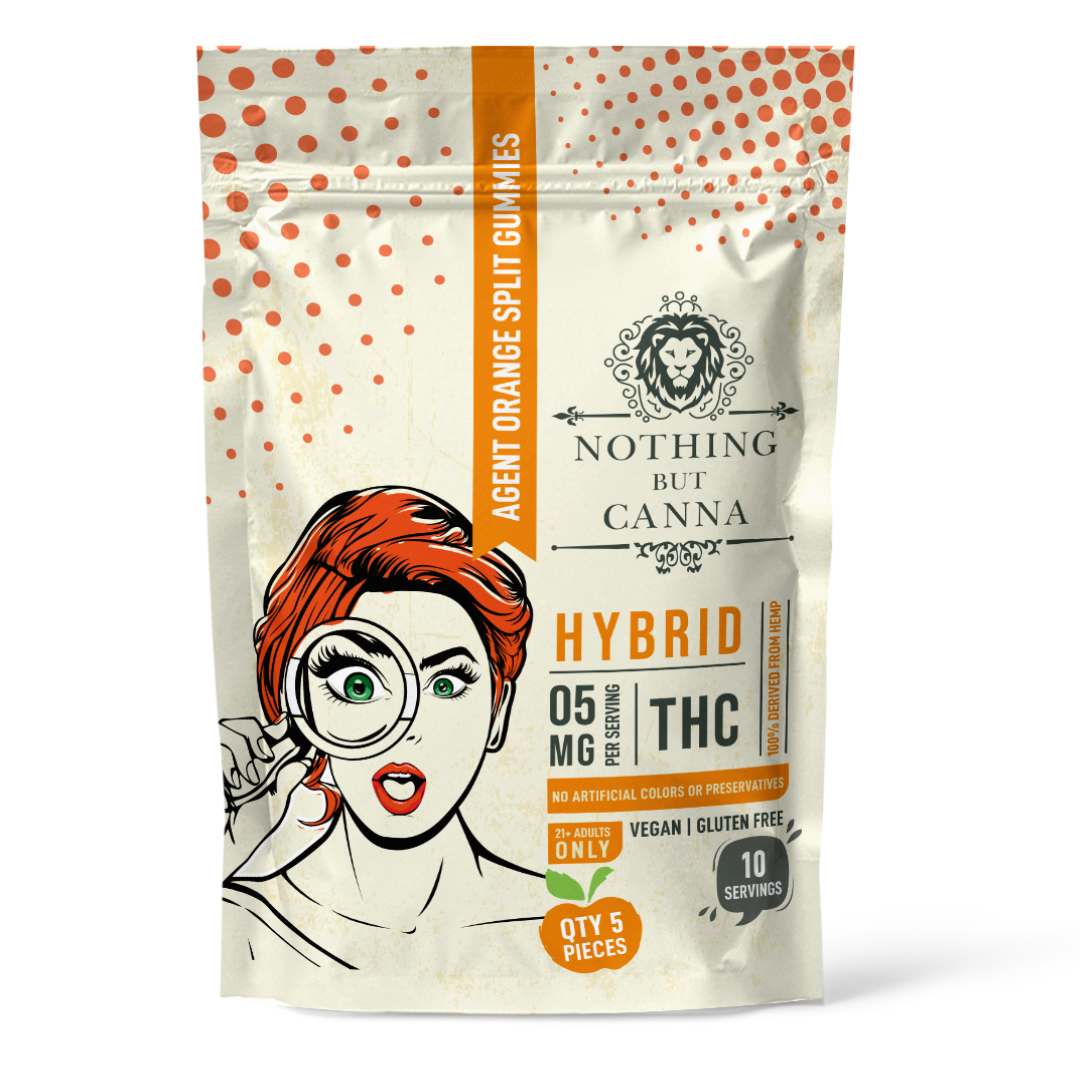
Hemp is becoming a popular crop around the country. Interest in this crop is inspiring seasoned farmers to introduce this crop to their fields. It is also inspiring plenty of inexperienced growers to pick up farming.
Excitement over this versatile crop seems to be contagious, but growers who are new to this crop don’t always know how to get started. Determining if their fields are suitable for hemp may be one of the first steps aspiring hemp farmers should take.
Hemp can grow nearly anywhere
This annual plant reportedly grows best in warm weather. However, hemp has adapted to a wide variety of growing conditions, which is good news for aspiring hemp farmers. This means that regardless of where in the country someone lives, there are likely varieties of hemp that are well suited to their local environment.
However, climate is not the only site condition that could influence the success or failure of a new hemp-growing venture. One of the most important site conditions to consider is the soil.
Proper drainage can be essential
Hemp plants reportedly grow best in porous, well-drained soil that can help prevent them from sitting in water. A loamy soil that is high in organic matter is reportedly ideal, but hemp can grow in other soil conditions.
“I’ve seen fantastic crops grown on straight red clay. I’ve seen fantastic crops grow on extremely sandy soils,” Scott Propheter told Marijuana Business Daily. Propheter is a hemp farmer in North Carolina.
“I think the basic principle that applies across all of them is that they were well-drained fields,” he added.
Although too much water can harm the plants, so can too little. Having too little moisture can be especially detrimental to young plants because they need enough water to help them germinate after being planted.
Flat, well-drained fields can help provide the right balance of moisture. This type of field is also reportedly ideal for the mechanical harvesters that may be used at the end of the growing season.
Soil contamination can complicate matters
Farmers can usually tell a lot about the soil by just looking at it, but there are many details about the soil that cannot be identified without proper testing. Testing is usually done in the fall, so that the farmer can amend the soil as needed before the spring. However, soil tests can still be helpful when conducted in the late winter or early spring.
Those planning to grow hemp this year may consider testing their soil's alkalinity and nutritional content. However, it can be especially important to test for soil contaminants, like heavy metals and pesticides.
It is so important to test for soil contaminants because hemp is a bio-accumulator. This means that hemp plants naturally draw toxins out of the soil.
Hemp plants that are grown on contaminated land can help to remove that contamination. However, these plants may not be usable for the production of certain hemp products.
Eric Singular, who is the director of development and communications at a Colorado-based hemp-genetics company, explained to Marijuana Business Daily that some parts of the country can have high levels of toxins like arsenic or cadmium in the soil. He added that growers who do not test their soil may not realize that their fields are contaminated until they try to sell their crop at the end of the growing season.
“Then the processor will send a sample to the lab and test for heavy metals . . . and come to find out you’re very high in arsenic and cadmium, and now you lost your entire crop, and you won’t be able to sell it,” Singular warned.
Soil testing can help farmers ensure that their hemp-related goals are aligned with their growing site.
There are many reasons to be enthusiastic about growing hemp, including the plant’s adaptability. Although this crop can grow nearly anywhere in the Unites States, farmers can improve their chances of success when they understand the site conditions on their property and select a location that is both compatible with the crop's needs and aligned with the farmer's goals.
Sources
[1] https://mjbizdaily.com/how-to-prepare-outdoor-marijuana-and-hemp-fields-for-growing-season/
[2] https://highgradehempseed.com/blog/how-to-start-a-hemp-farm/























